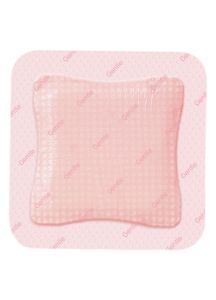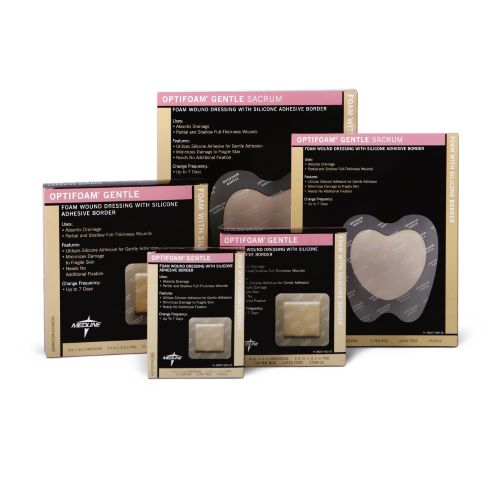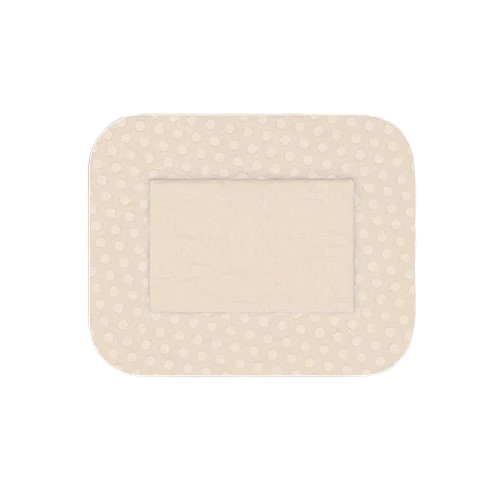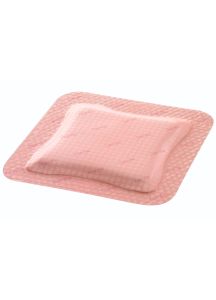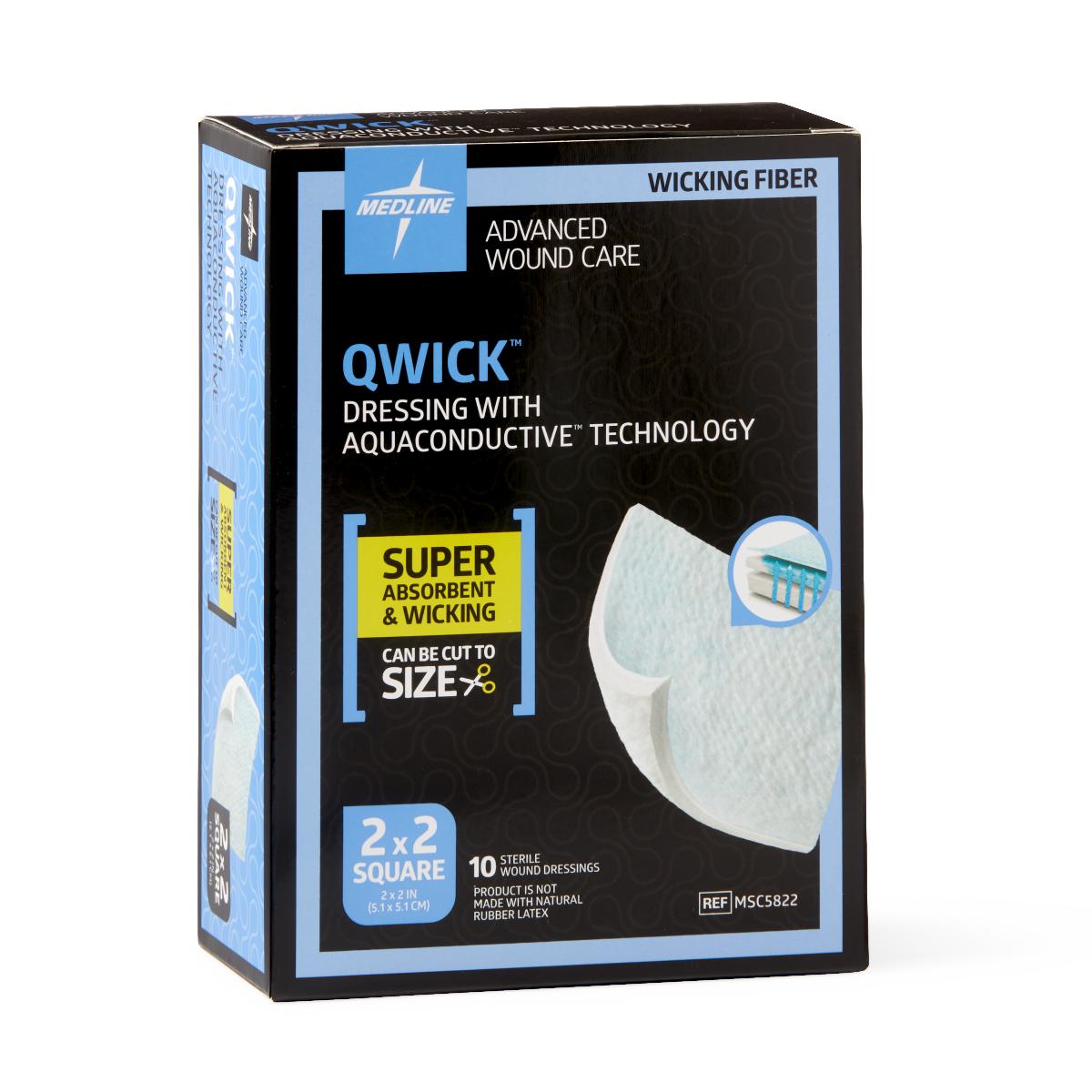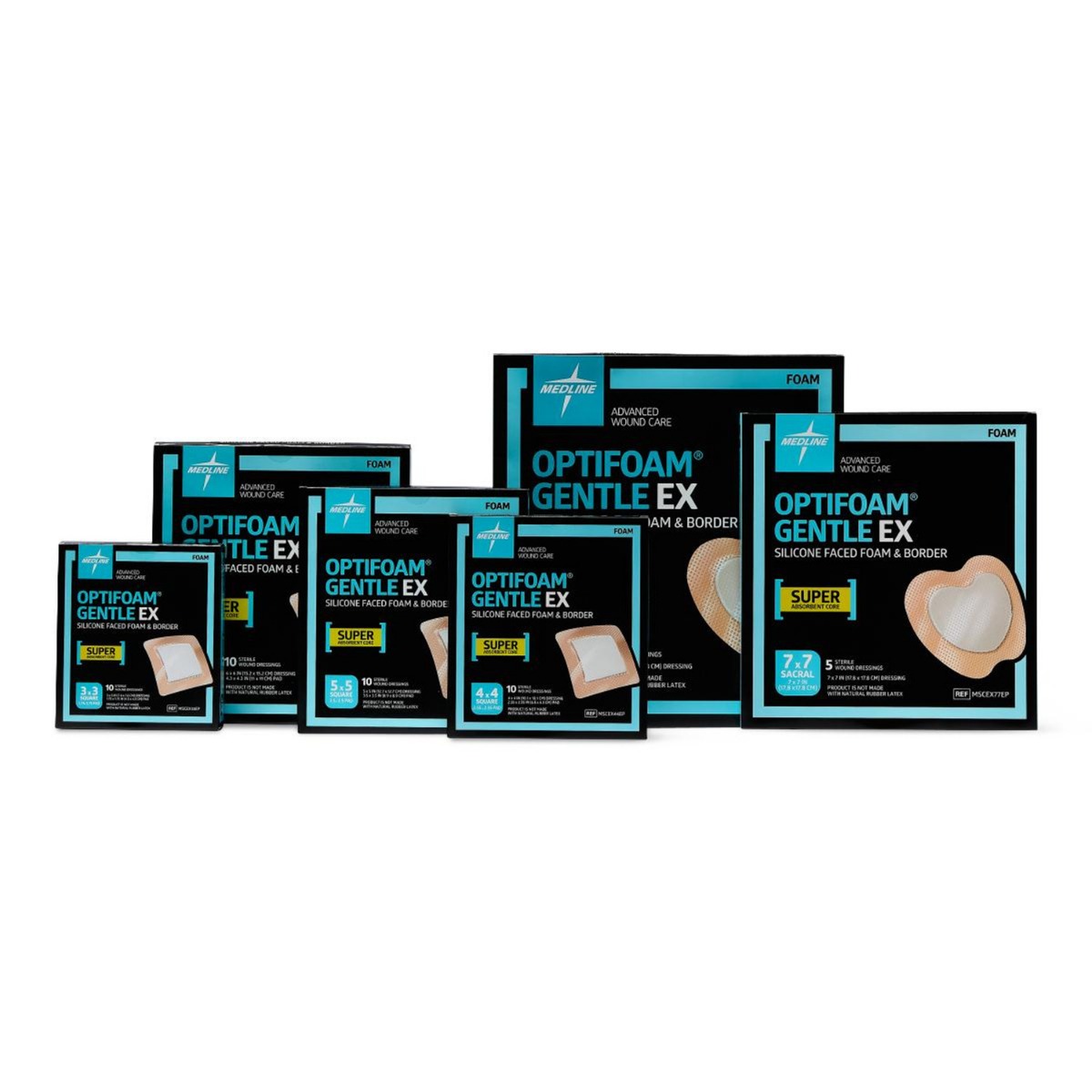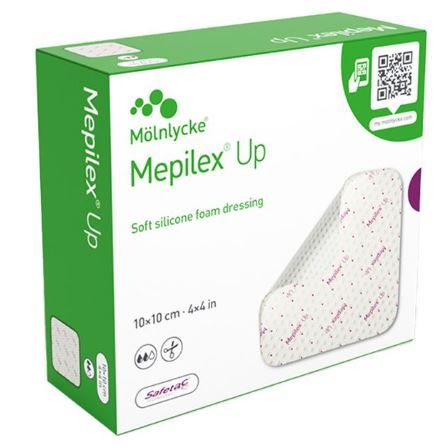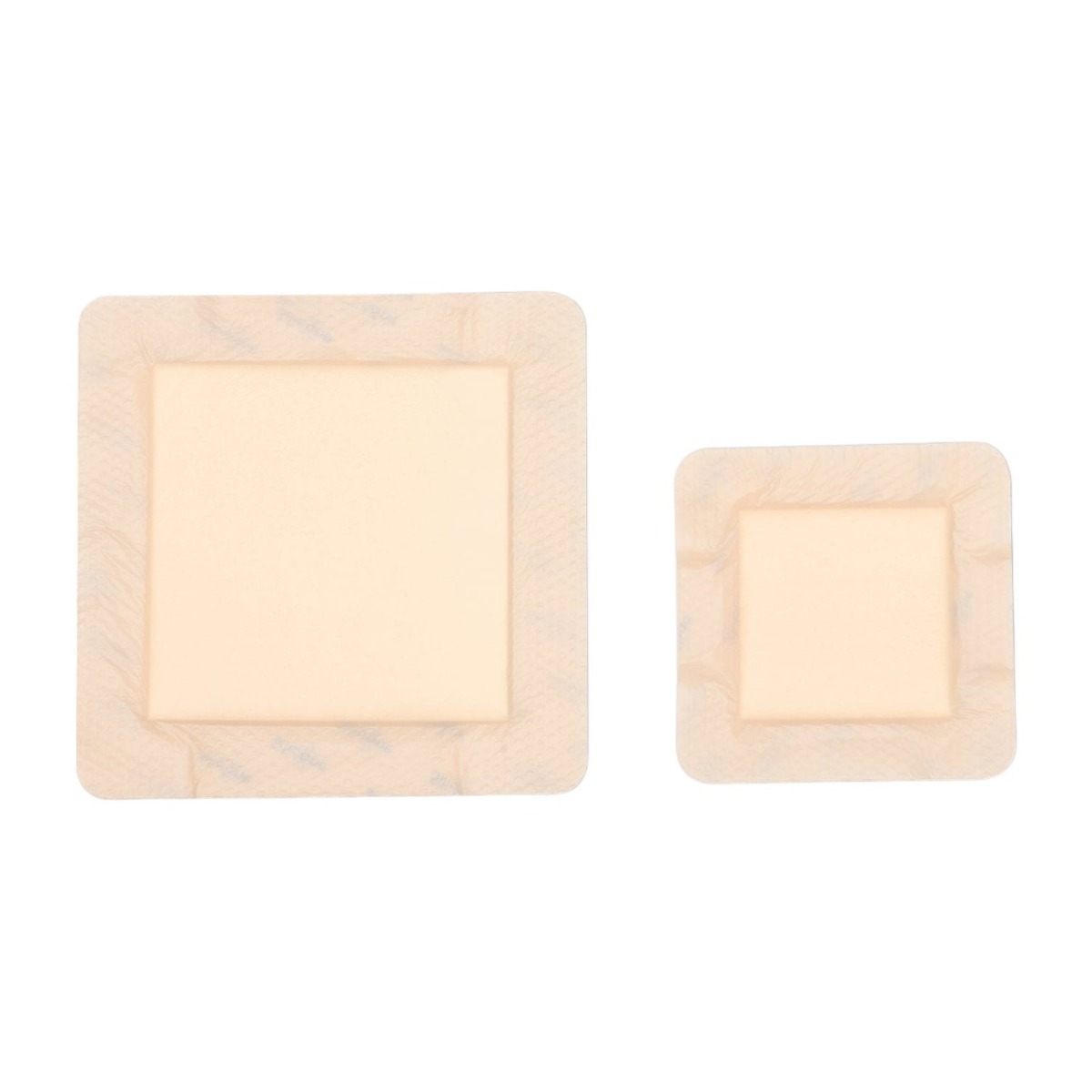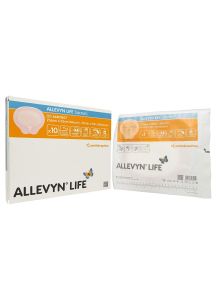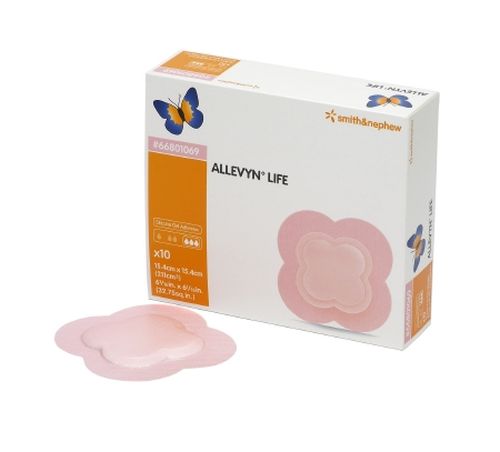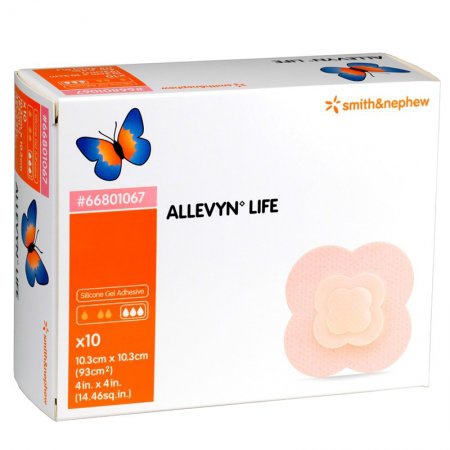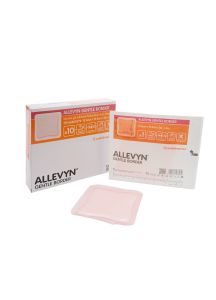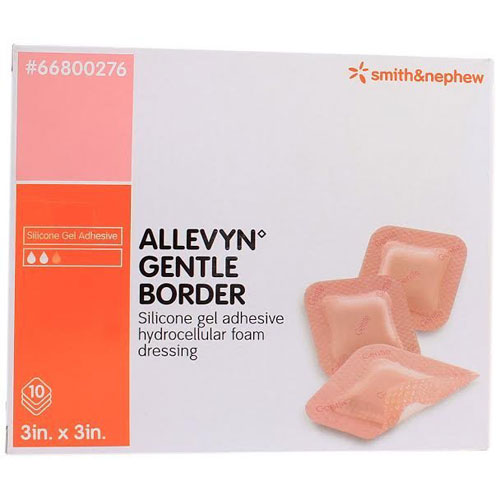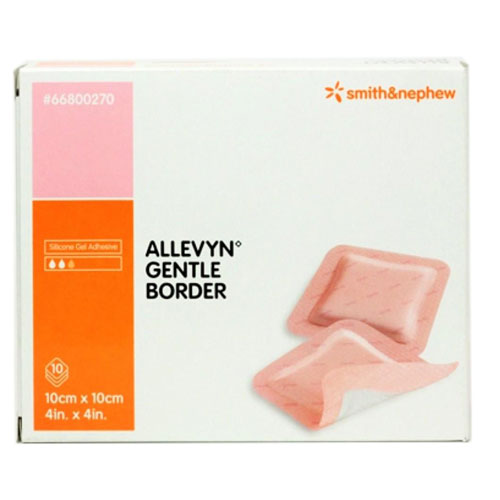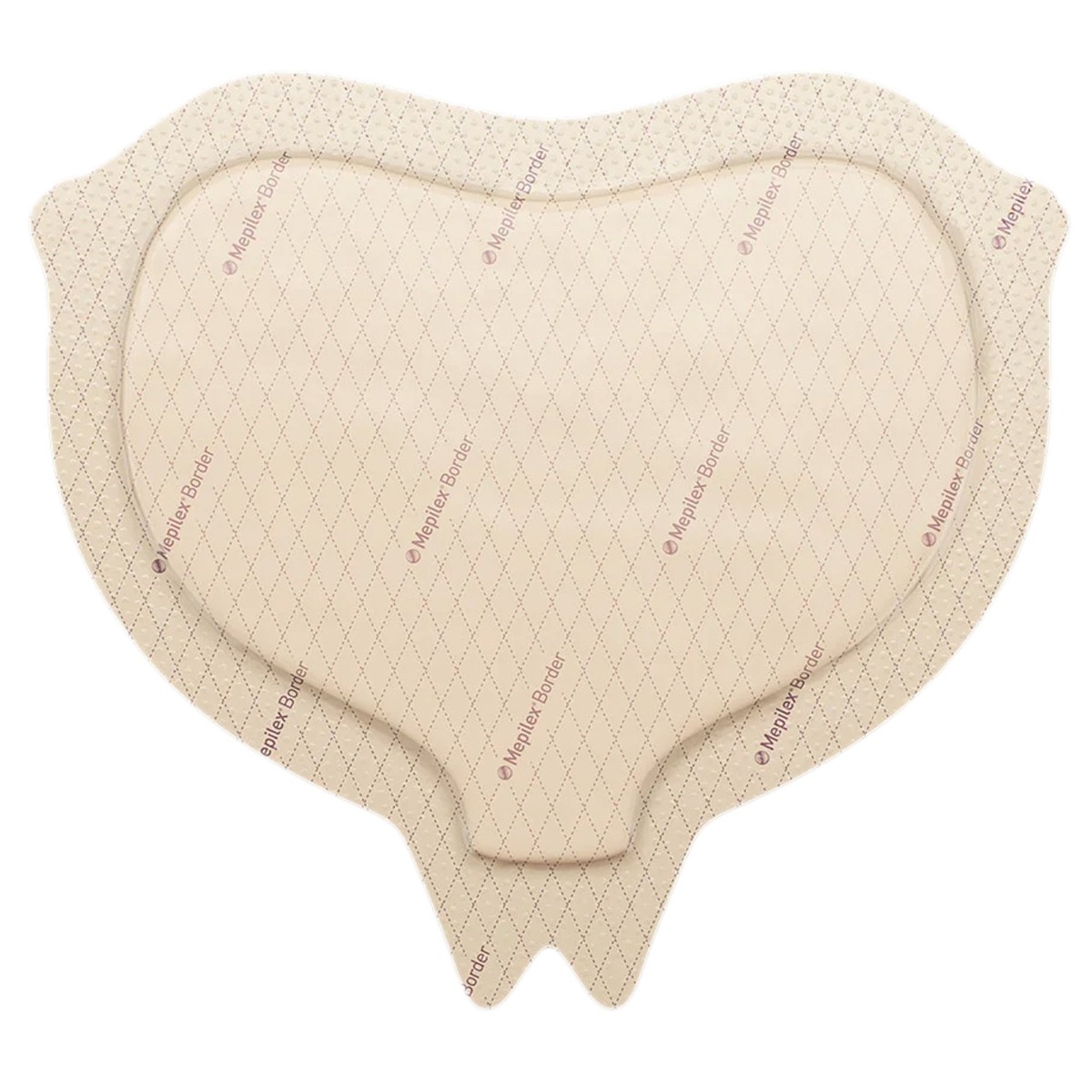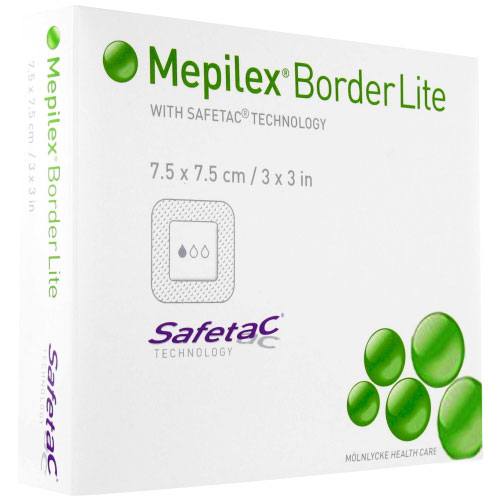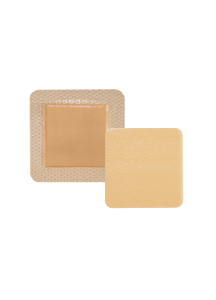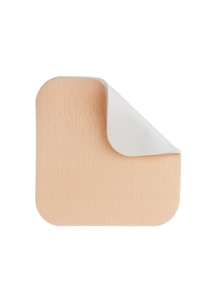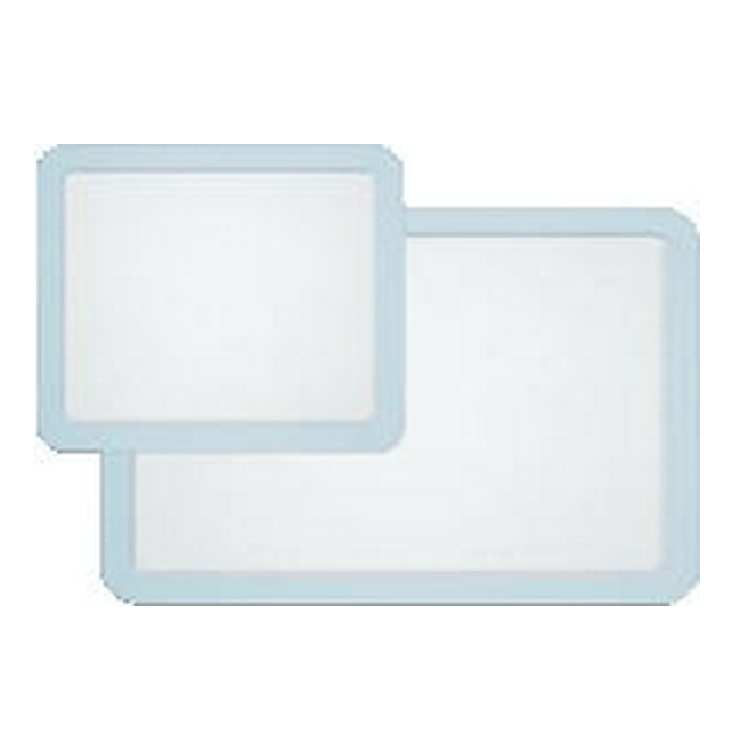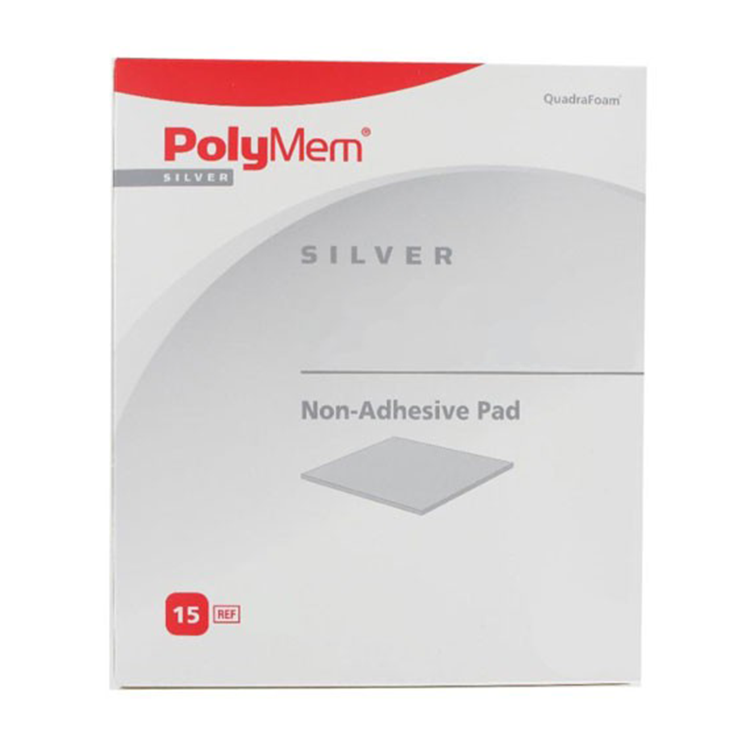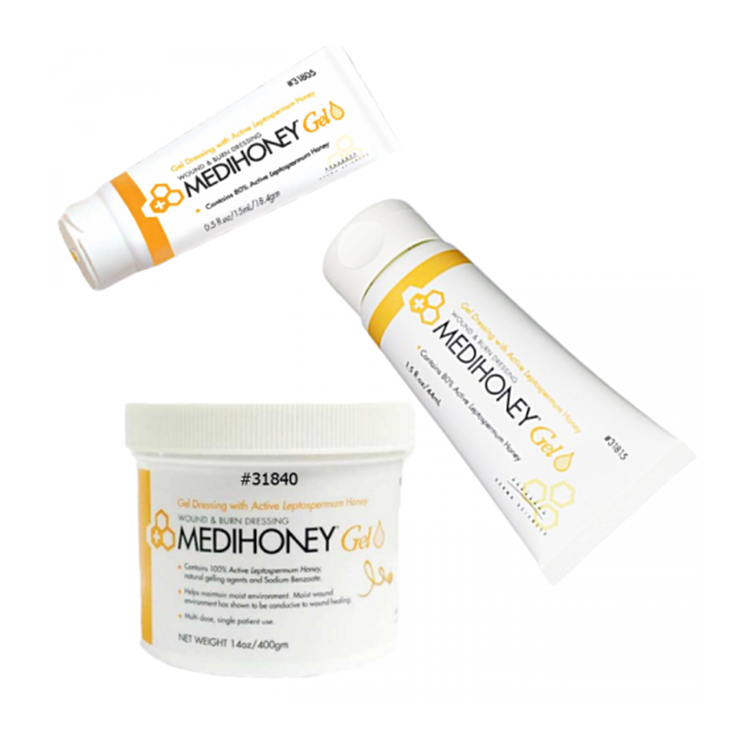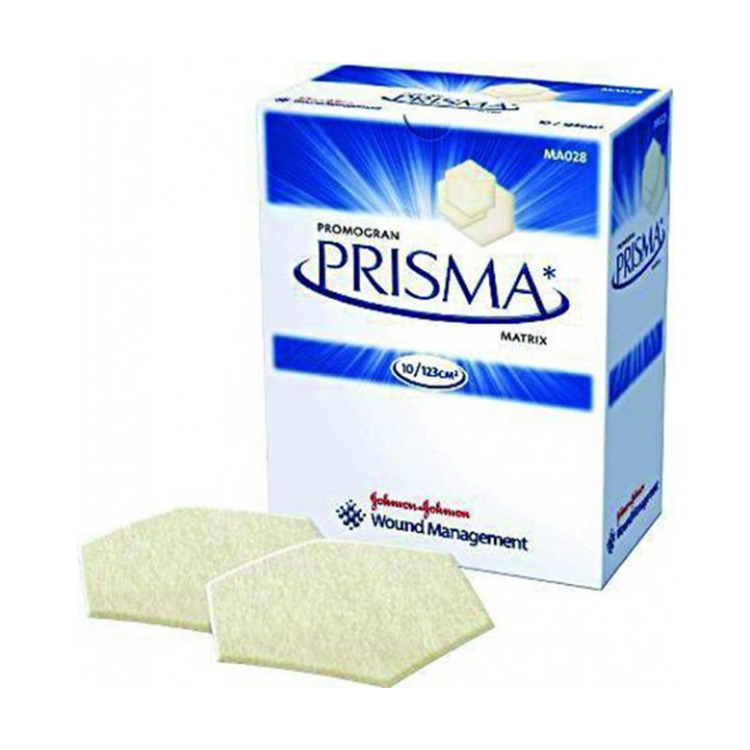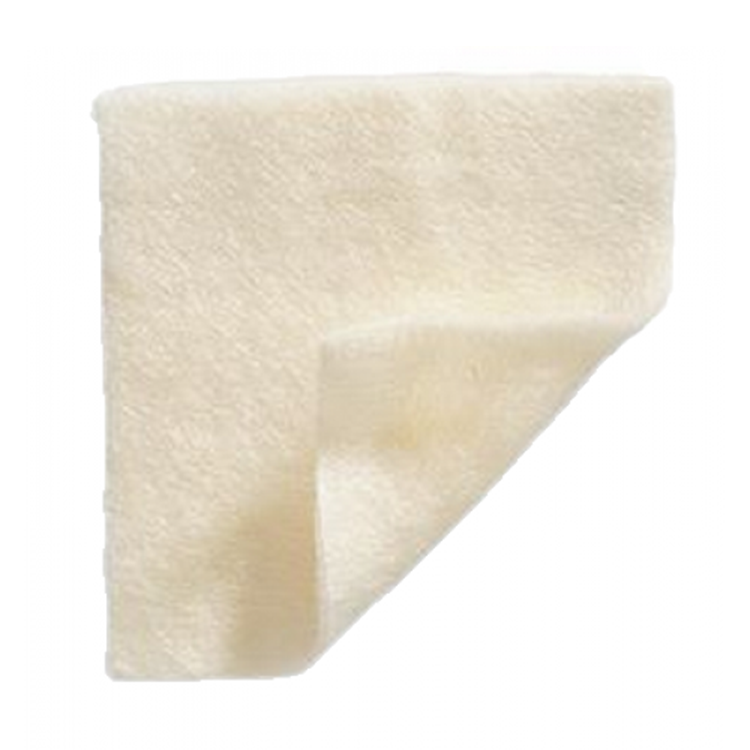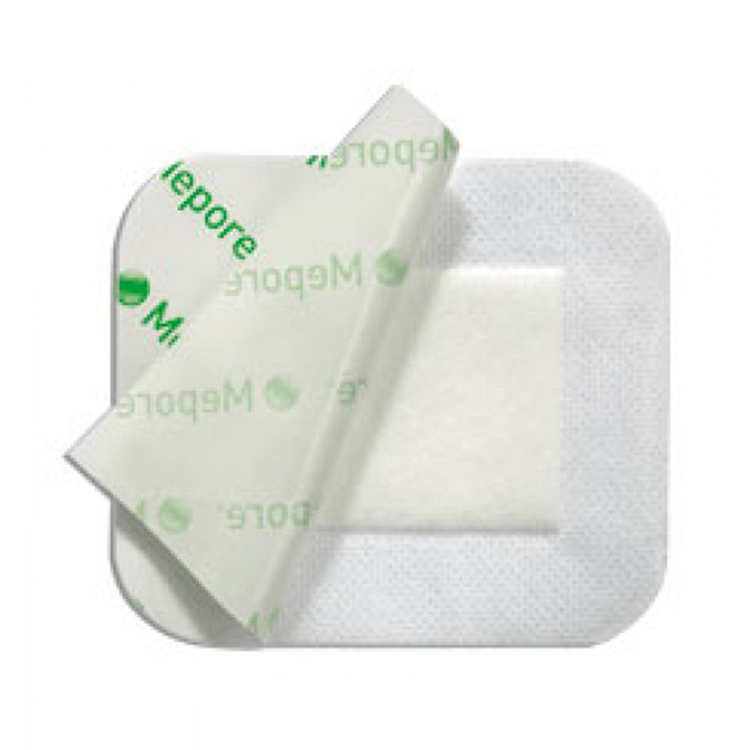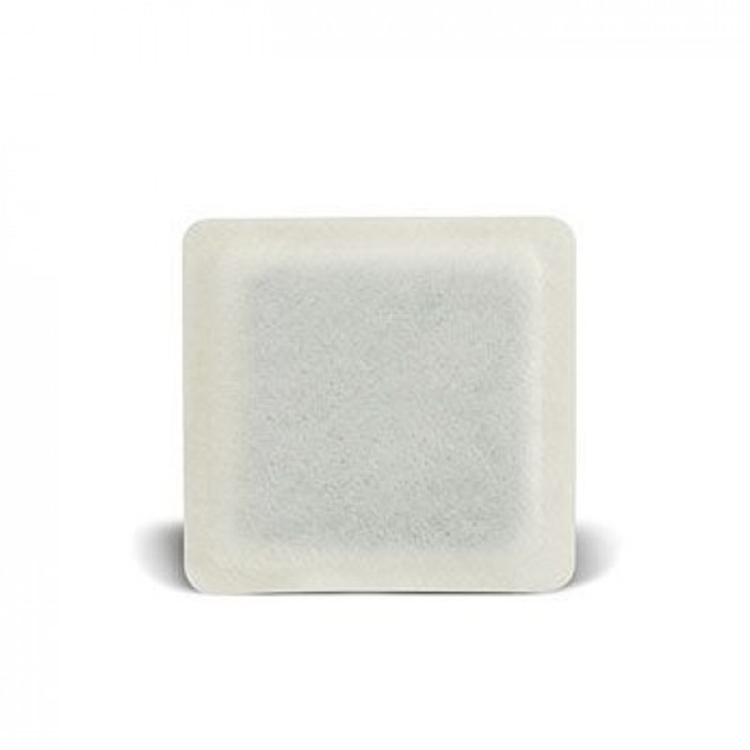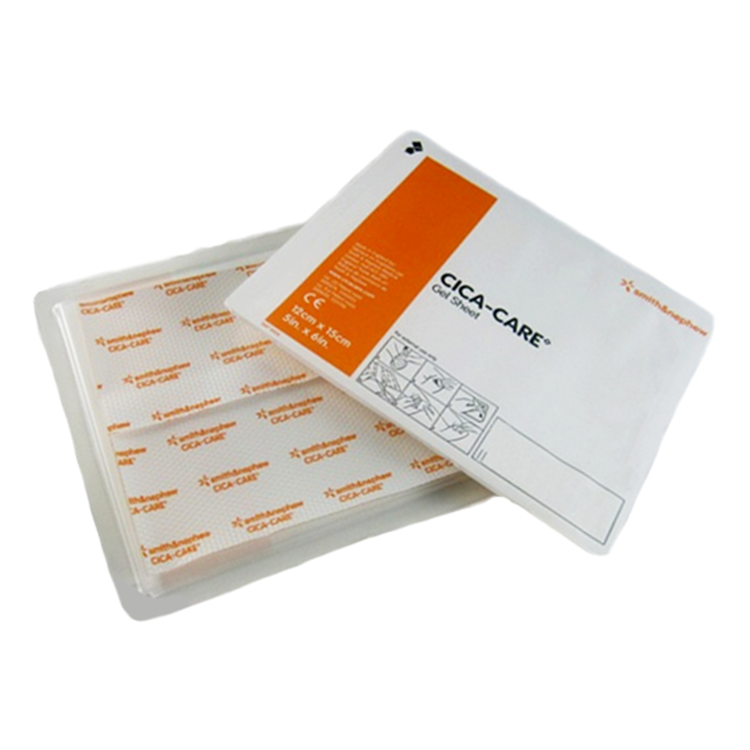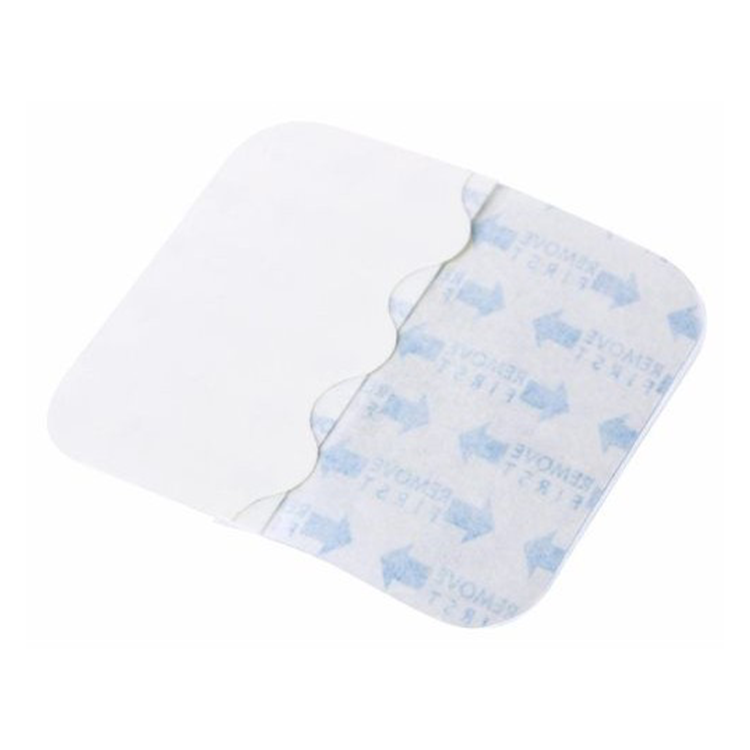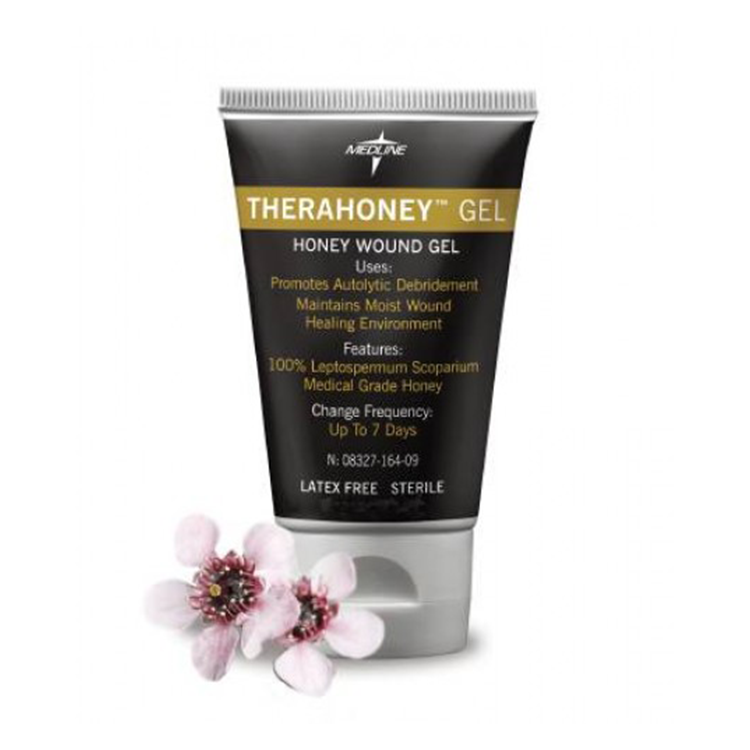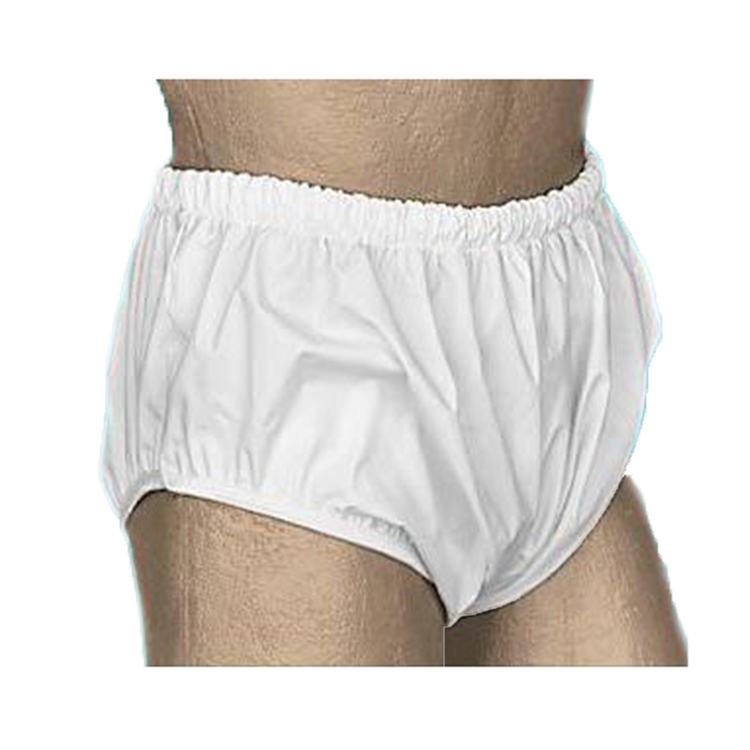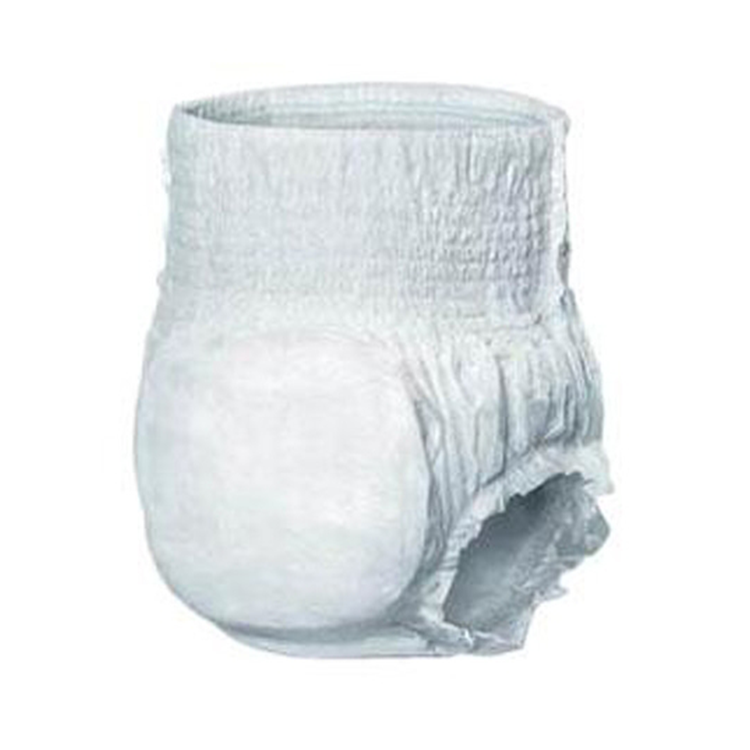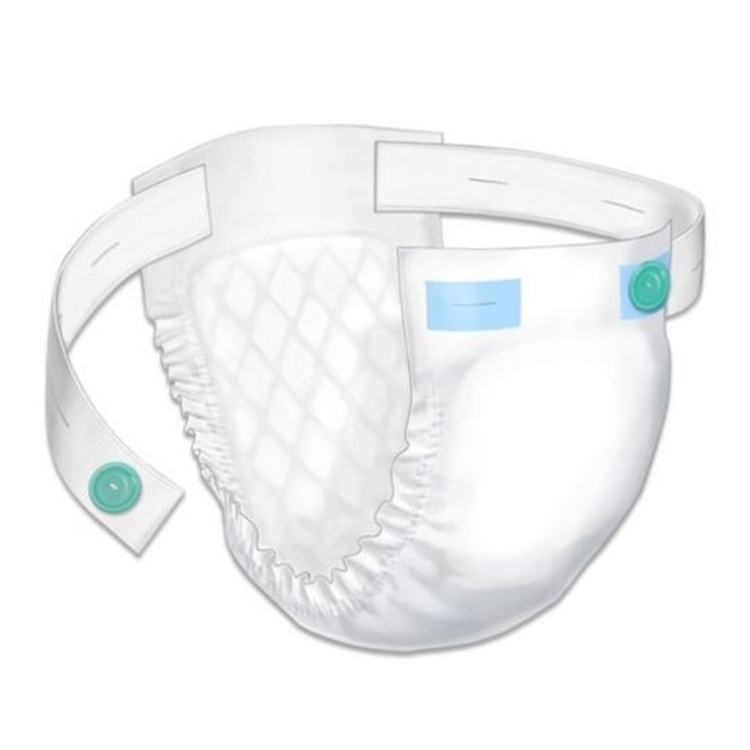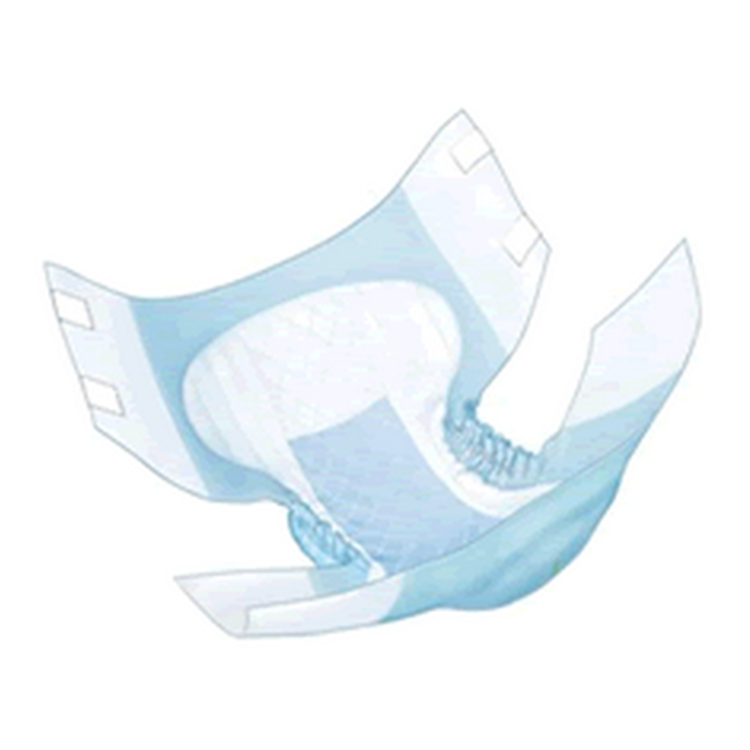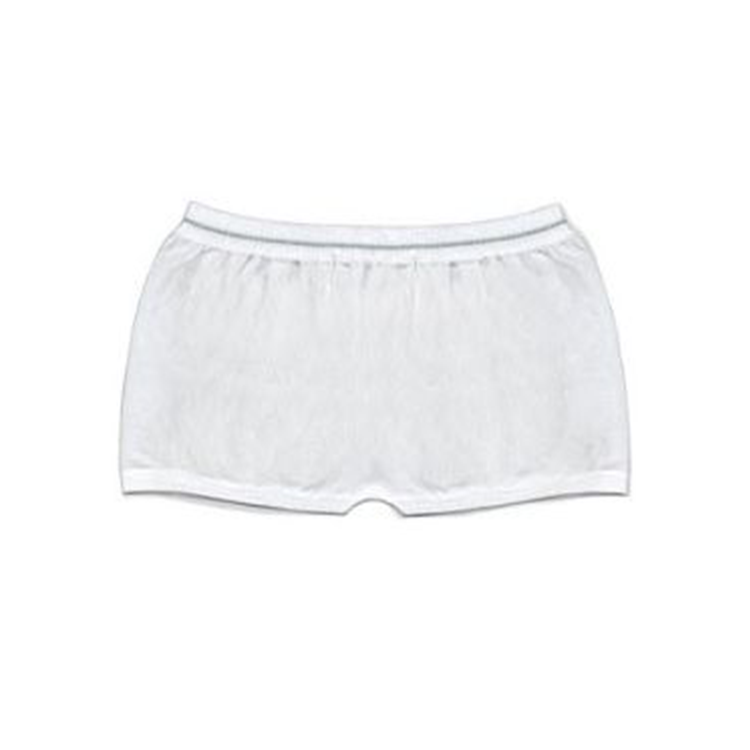What are Foam Dressings?
Foam dressings are a type of wound care dressing that is made of a polyurethane foam material. They are designed to absorb wound exudate, provide a moist environment for wound healing, and protect the wound from further damage. Foam dressings are often used for wounds with moderate to heavy exudate, such as pressure ulcers, leg ulcers, and diabetic foot ulcers.
Benefits of Foam Dressings
Foam dressings offer several benefits for wound care. They are highly absorbent, which helps to keep the wound area clean and dry. They also provide a moist environment for wound healing, which can help to speed up the healing process. Additionally, foam dressings are non-adherent, meaning they won’t stick to the wound bed, which can help to reduce pain and discomfort.
Types of Foam Dressings
There are several different types of foam dressings available. These include traditional foam dressings, hydrocolloid dressings, alginate dressings, and hydrogel dressings. Each type of dressing has its own unique properties and benefits, so it’s important to choose the right type of dressing for your wound.
How to Use Foam Dressings
Foam dressings should be applied to clean, dry skin. The dressing should be cut to the size of the wound and applied directly to the wound bed. The dressing should be changed every 1-3 days, or as needed, depending on the amount of exudate present. It’s important to follow the instructions provided by the manufacturer when using foam dressings.
Frequently Asked Questions (FAQ's)
Q: What are foam dressings?
A: Foam dressings are a type of wound dressing made from a polyurethane foam material. They are designed to absorb wound exudate, provide cushioning, and protect the wound from further damage.
Q: What are the benefits of using foam dressings?
A: Foam dressings provide a number of benefits, including: protection from further damage, absorption of wound exudate, cushioning of the wound, and a moist environment for wound healing.
Q: How often should foam dressings be changed?
A: Foam dressings should be changed every 1-3 days, depending on the amount of exudate present and the condition of the wound.
Q: Are foam dressings suitable for all types of wounds?
A: Foam dressings are suitable for a variety of wounds, including pressure ulcers, leg ulcers, diabetic ulcers, and surgical wounds. However, they should not be used on infected wounds or wounds with heavy exudate.

